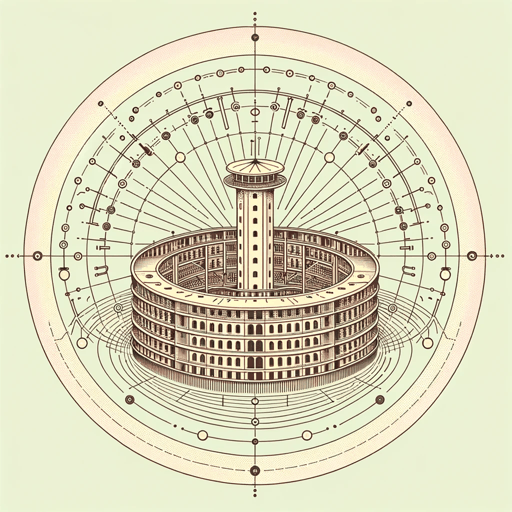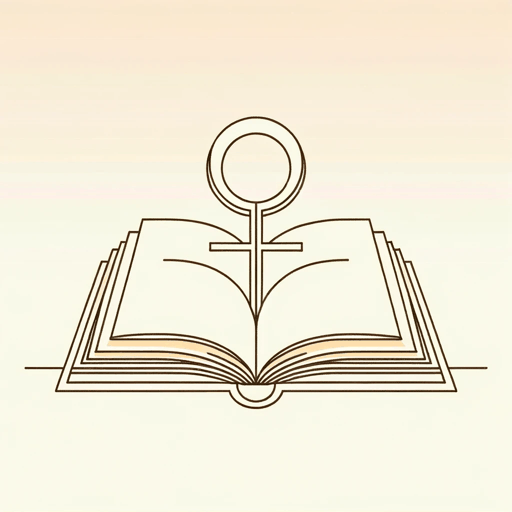60 pages • 2 hours read
Michel FoucaultThe Order of Things: An Archaeology of the Human Sciences
Nonfiction | Book | Adult | Published in 1966A modern alternative to SparkNotes and CliffsNotes, SuperSummary offers high-quality Study Guides with detailed chapter summaries and analysis of major themes, characters, and more.
Chapter 5Chapter Summaries & Analyses
Part 1
Chapter 5 Summary: “Classifying”
Chapter 5: “Classifying” applies the principles of Chapter 3 to natural history, the Classical Age’s equivalent to biology. Foucault examines several different aspects of natural history to uncover the discipline’s relationship to representation. Like general grammar, natural history lays a transparent mesh of words and taxonomy over the things to be known (animals and plants in this case instead of words). The chapter is split into seven parts.
In part one (“What the Historians Say”), Foucault differentiates his approach from that of historians. Historians examine the conflict between ideas and competing theories on different subjects in the development of science. These examinations create narratives about the evolution of ideas that tend towards progress. Foucault is not interested in examining the conflicts of ideas, thoughts, and opinions within the episteme. Instead, he wants to know what makes the ideas, thoughts, and opinions present within a conflict into intelligible positions that one can take within a culture.
In part two (“Natural History”), Foucault unpacks the discipline and what it meant in the Classical Age. Natural history was a scientific exploration of the natural world through observable, quantifiable structures. Zoos and botanical gardens became increasingly popular in the Classical Age because they spatially grouped these objects for observation.
Related Titles
By Michel Foucault




